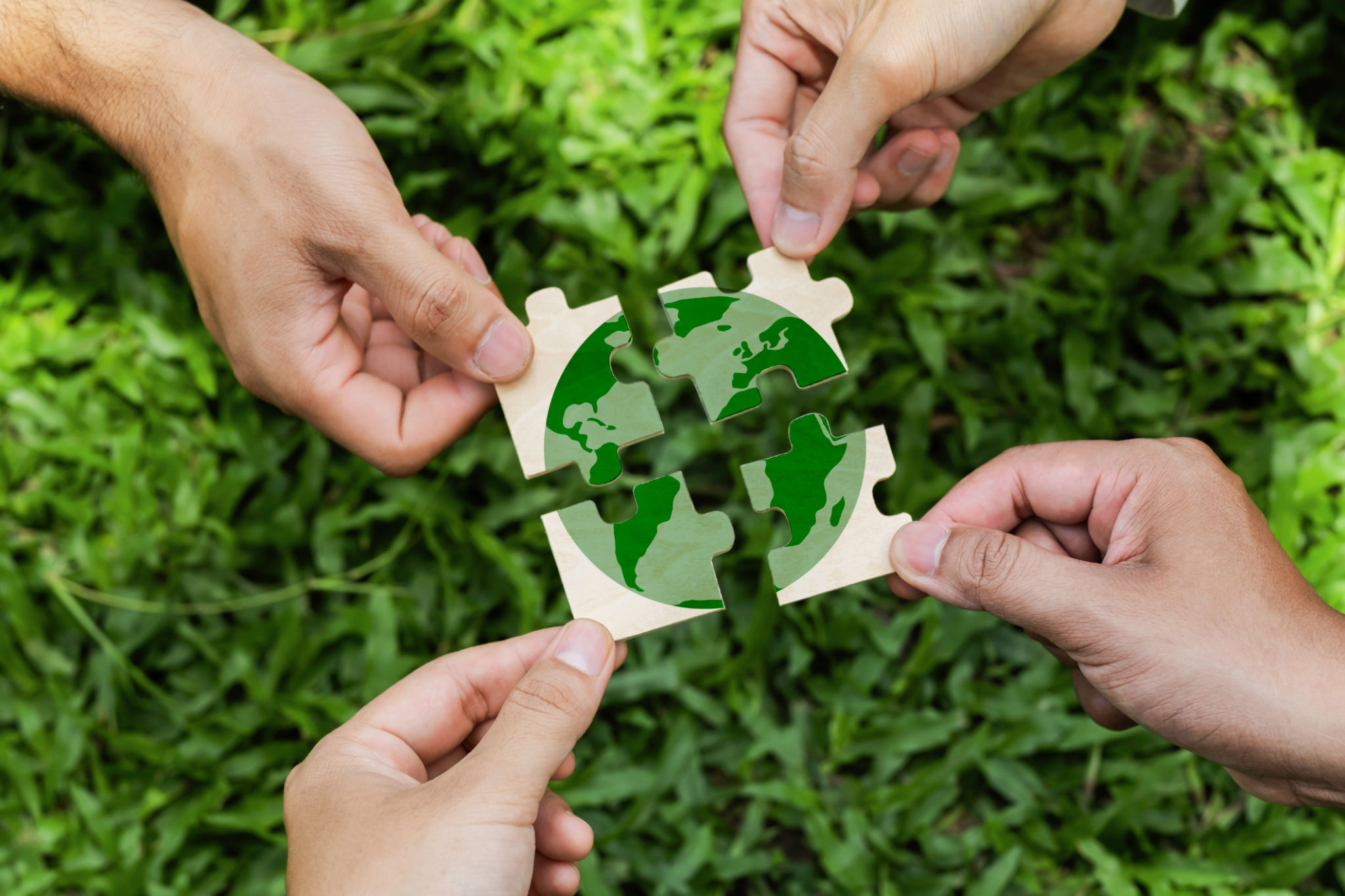Myths About Upcycling: Debunking Common Misconceptions
Understanding Upcycling
Upcycling, a creative process of transforming waste materials into new products of higher quality, has gained popularity as an eco-friendly trend. However, misconceptions about upcycling abound, leading to confusion and missed opportunities for sustainable living. Let's explore and debunk some of the most common myths about upcycling.
First and foremost, it's important to understand that upcycling is not just another word for recycling. While both processes aim to reduce waste, they differ significantly in execution and outcome. Recycling typically involves breaking down materials into their raw form to create something new, whereas upcycling focuses on repurposing items without breaking them down, thus preserving their original structure and adding value.

Myth: Upcycling Requires Artistic Talent
A widespread myth is that upcycling demands artistic talent or advanced crafting skills. This misconception can deter many people from trying it out. In reality, upcycling is accessible to everyone. It’s about creativity and innovation, not artistic ability. Simple projects like turning an old t-shirt into a reusable shopping bag or decorating a glass jar for storage are great starting points for anyone interested in upcycling.
Many online resources provide step-by-step guides for beginners, making it easier than ever to get started. Additionally, community workshops and classes are increasingly available, offering hands-on experience and inspiration for those new to the concept.

Myth: Upcycled Products Are Low Quality
Another common misconception is that upcycled products are of inferior quality. This myth likely stems from the idea that items made from "waste" materials cannot match the quality of new products. However, upcycled items can be just as durable, functional, and aesthetically pleasing as their brand-new counterparts.
In fact, some upcycled products are crafted with such attention to detail and creativity that they surpass the original item's quality. The key is in how the materials are used and the craftsmanship involved. Many designers and brands have embraced upcycling, producing high-quality fashion, furniture, and home decor that challenge traditional notions of luxury.

Myth: Upcycling Is Not Economically Viable
The belief that upcycling is not economically viable is another myth that needs debunking. While it is true that some upcycled products can be priced higher than mass-produced items, this is not always the case. Upcycling often involves low-cost or free materials, which can significantly reduce production expenses.
Moreover, upcycling encourages resourcefulness and innovation, leading to unique products that can command higher market values due to their uniqueness and sustainability appeal. Many consumers are willing to pay a premium for products that align with their environmental values, making upcycling a potentially profitable venture.
Myth: Upcycling Is Just a Trend
Some people view upcycling as just a passing trend without lasting impact. However, the growing awareness of environmental issues and the push towards sustainable living suggest otherwise. Upcycling is part of a broader movement towards a circular economy, where waste is minimized, and resources are reused efficiently.
This mindset shift is gaining traction globally, with individuals, businesses, and governments recognizing the importance of sustainable practices. As such, upcycling is set to remain a vital component of eco-friendly initiatives for years to come.

In conclusion, upcycling offers immense potential for creativity, sustainability, and economic opportunity. By debunking these common myths, we can encourage more people to explore and embrace this innovative approach to waste reduction. Whether you're a seasoned crafter or a curious beginner, upcycling provides endless possibilities to transform everyday items into something extraordinary while contributing positively to the environment.